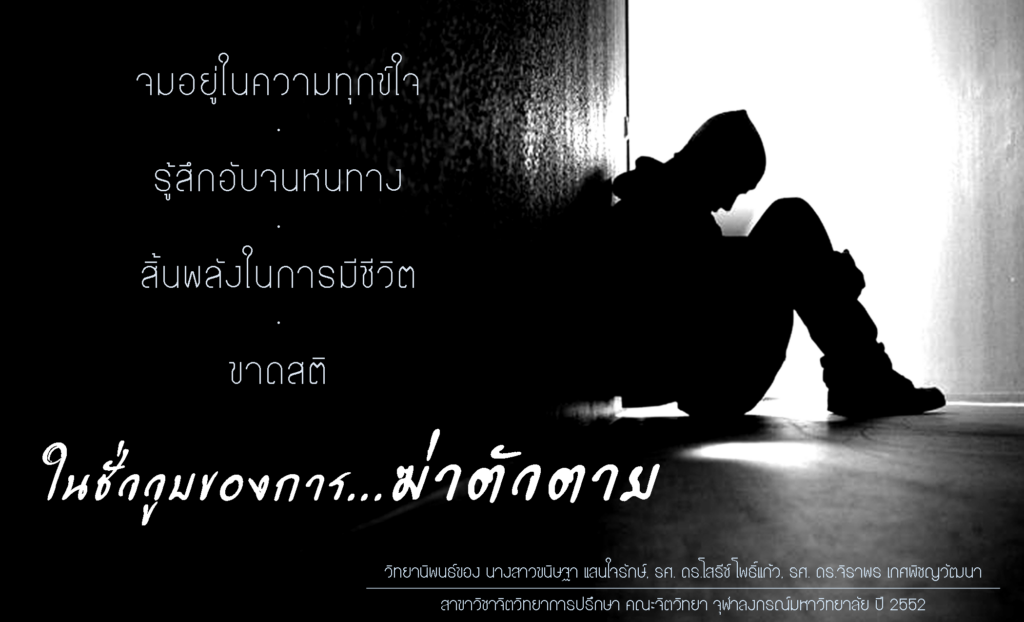What are emotions?
To study a phenomenon, such as emotion, scientifically, psychologists need to precisely define what they are studying. So, what is an emotion?
In some ways, trying to define emotion is like trying to define rock n’ roll. If asked, we can easily list examples – sadness, happiness, anger, fear, etc. But pinpointing what these emotions have in common as a category is more difficult (e.g., Beck, 2015).
Emotions Change How We Feel
We can start by asking how emotions, such as happiness and fear, differ from other mental states such as beliefs and thoughts. Perhaps the most obvious difference is that we feel emotions.
Indeed, feelings are a defining aspect of emotion. But describing an emotion as a feeling does not tell us how an emotion differs from a mood. For example, what would differentiate being in a bad mood from negative emotions such as sadness or anger? If I am in a bad mood, my negative feelings can last for hours or perhaps even a day. In contrast, feeling angry or afraid is more of a temporary change in feeling.
Emotions are Responses to Our Understanding of Situations
If emotions are changes in feelings, what causes these changes? People experience emotions in response to situations that significantly affect their goals, concerns, or well-being (Moors, Ellsworth, Scherer, and Frijda, 2013). The situations that matter vary from person to person. Suppose it rains. A person who planned a romantic trip to the beach might be upset, while someone who planned to sleep in wouldn’t care. So, an emotion is not a response to an objective situation, such as rain, an election outcome, or a break-up, but rather a reaction to a person’s interpretation of that event.
Different emotions correspond to different kinds of interpretations (Lazarus, 1991). We feel sad after a loss, fearful in response to immediate threats, happy about rewards, and angry about injustice. Such interpretations are known as appraisals (e.g. Ellsworth, 2013).
Emotions Affect Our Bodies and Behavior
Once we have interpreted an event as being of a certain kind, an emotion is followed by additional responses in our bodies and actions (or action tendencies). For example, a person who is afraid would display a fearful facial expression, his heart would race, and he would potentially try to escape the situation. These responses are not arbitrary (Ekman, 1999). With fear, for example, our eyes get wider so we can see better and our hearts race to increase our supply of oxygen so we can appropriately fight or escape the situation as needed.
Summary
In short, emotions are felt responses to important psychological situations that include changes in feelings, appraisals, bodily responses, and action. While not all emotion researchers would agree with this entire definition (e.g. Barrett & Russell, 2014; Ekman 2016), it is a solid starting point for thinking clearly and having meaningful discussions about the nature of emotion.
References
Barrett, L. F., & Russell, J. A. (Eds.). (2014). The psychological construction of emotion. Guilford Publications.
Beck, J. (2015, February 24). Hard feelings: Science’s struggle to define emotions. The Atlantic. Available from http://www.theatlantic.com.
Ekman, P. (1999). Basic emotions. Handbook of cognition and emotion, 98(45-60), 16.
Ekman, P. (2016). What scientists who study emotion agree about. Perspectives on psychological science, 11(1), 31-34.
Ellsworth, P. C. (2013). Appraisal theory: Old and new questions. Emotion Review, 5(2), 125-131.
Lazarus, R. S. (1991). Progress on a cognitive-motivational-relational theory of emotion. American psychologist, 46(8), 819.
Moors, A., Ellsworth, P. C., Scherer, K. R., & Frijda, N. H. (2013). Appraisal theories of emotion: State of the art and future development. Emotion Review, 5(2), 119-124.
Author
Dr. Adi Shaked
Lecturer in Social Psychology Area




